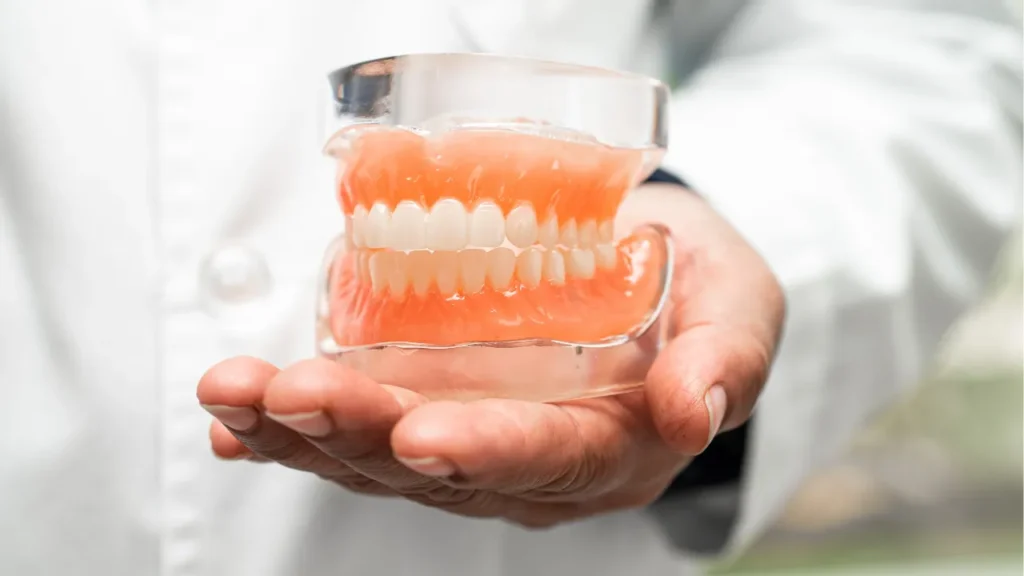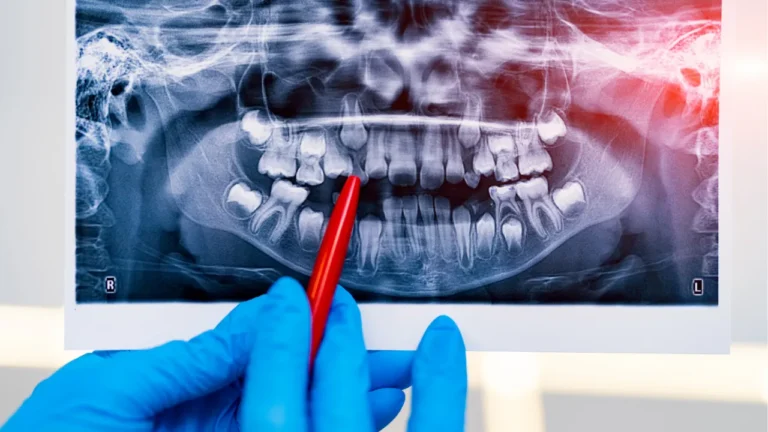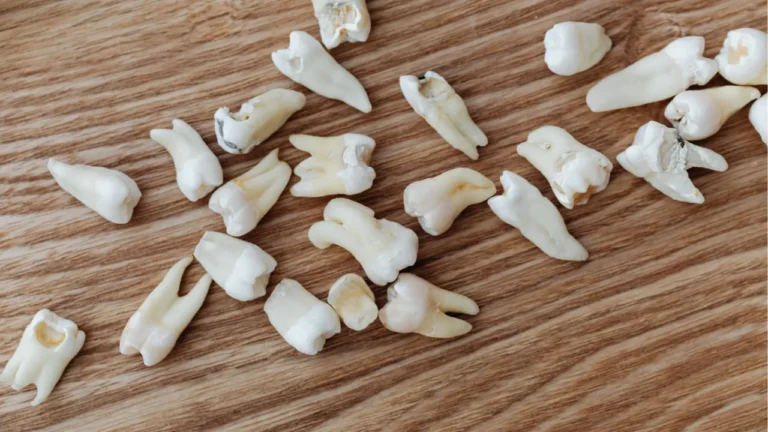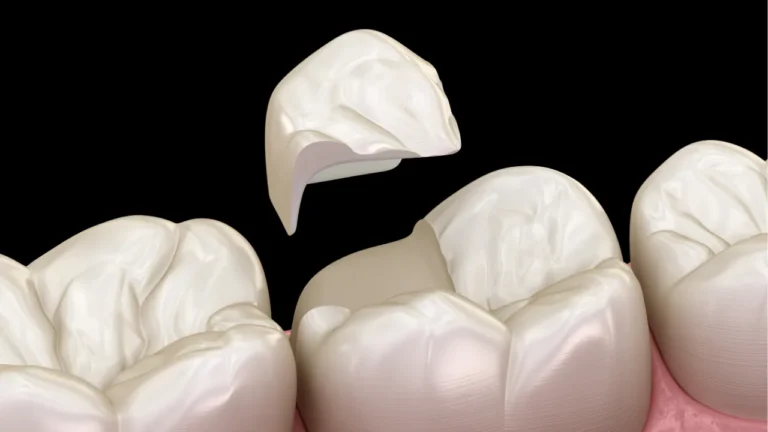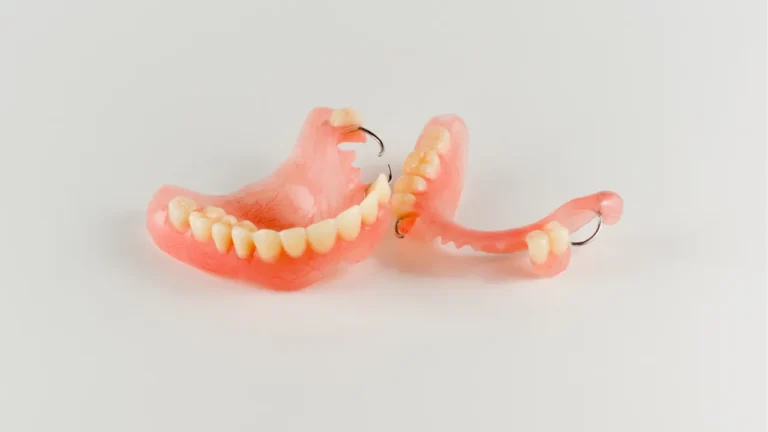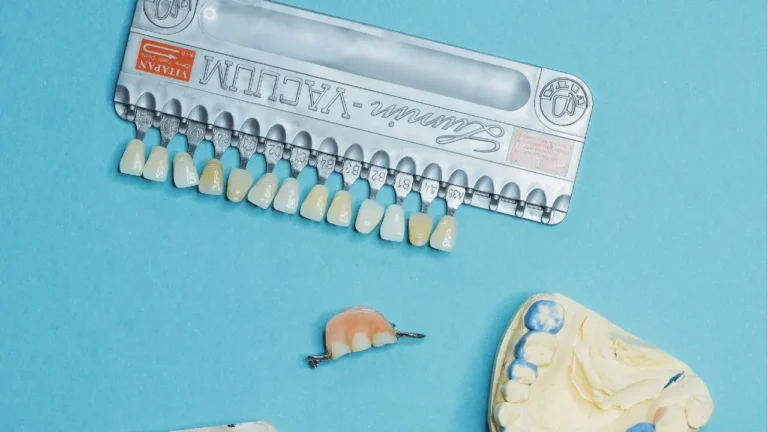Dental bridges are a reliable solution for replacing missing teeth, helping you chew comfortably, speak clearly, and maintain proper dental alignment.
They are a fixed, long-lasting option that prevents surrounding teeth from shifting and supports facial structure.
Whether you’ve lost one tooth or several, dental bridges can improve both function and confidence — all without the need for surgery.
Quick Summary
- Replace missing teeth to restore smile, chewing, and speaking
- Prevent neighboring teeth from shifting
- Consist of pontics (artificial teeth) anchored by abutment crowns
- Durable and long-lasting with proper care
- Cost-effective compared to other options like implants
- Quick treatment process, usually a few dental visits
- Boosts self-confidence and improves overall oral function
Understanding Dental Bridges
A dental bridge is a fixed prosthetic device used to fill the gap created by one or more missing teeth. It consists of:
- Pontics: Artificial teeth that replace the missing tooth or teeth.
- Abutment Crowns: Dental crowns that are placed on the adjacent healthy teeth to anchor the bridge securely.
There are several types of dental bridges available, including traditional bridges, cantilever bridges, Maryland bridges, and implant-supported bridges. Your dentist will help determine the best option based on the number of missing teeth, the condition of your surrounding teeth, and your overall oral health.
How Dental Bridges Work
Dental bridges work by anchoring the false teeth to the adjacent natural teeth. Here’s a simplified explanation of the process:
- Preparation: The abutment teeth are reshaped to make room for the crowns.
- Impressions: Dental impressions are taken to create a precise model of your teeth.
- Fabrication: The dental bridge is custom-made in a dental laboratory to match your natural teeth.
- Placement: Once ready, the bridge is permanently cemented in place, restoring your smile and functionality.
This process not only fills the gap left by missing teeth but also stabilizes your bite and prevents the remaining teeth from shifting.
The Key Advantages of Dental Bridges
1. Enhanced Aesthetics
One of the most immediate benefits of dental bridges is their ability to restore the natural appearance of your smile.
By filling in gaps, bridges provide a seamless look that closely mimics your natural teeth, boosting your self-confidence.
2. Restored Oral Functionality
Dental bridges help restore your ability to chew and speak properly.
With missing teeth replaced, you can enjoy your favorite foods without discomfort and speak with improved clarity, enhancing your quality of life.
3. Prevention of Dental Shifting
When a tooth is lost, neighboring teeth can drift into the empty space, potentially leading to misalignment and bite issues. A dental bridge fills that space, helping to maintain proper alignment and prevent further dental complications.
4. Cost-Effective Solution
Compared to other restorative options such as dental implants, bridges can be a more affordable alternative.
While implants are a popular choice, dental bridges often require less time and may be more budget-friendly, offering a practical solution without sacrificing quality.
5. Durability and Longevity
With proper care and regular dental check-ups, dental bridges can last for many years. Advances in dental materials mean that modern bridges are strong, durable, and resistant to daily wear, providing a long-term solution for missing teeth.
6. Improved Self-Esteem
Restoring a full smile can have a profound impact on your self-esteem. Knowing that your smile looks natural and complete can encourage you to speak, laugh, and socialize more confidently, contributing to overall mental well-being.
7. Quick and Reliable Treatment
The process of getting a dental bridge is relatively straightforward and typically requires only a few visits to your dentist.
This efficiency means you can enjoy the benefits of your restored smile in a shorter timeframe compared to some other dental treatments.
Conclusion
Dental bridges are a versatile and effective option for those dealing with the challenges of missing teeth.
They not only restore the natural look of your smile but also improve your oral functionality and protect your remaining teeth from shifting.
Whether you’re looking to enhance your aesthetics, regain proper chewing and speaking abilities, or simply boost your confidence, dental bridges provide a comprehensive solution that addresses both form and function.

